My original metaphor saw curriculum as a list of ingredients on a grocery store shopping list. The list tells you what items you need to buy, but with specific details omitted or left up to the shopper. All the shopper is given on the list are the items to be purchased; other information including where to shop, what brand to buy, or the quantity needed is excluded. Their background cooking knowledge, access to other ingredients to combine with these basic staples, and interest of the people they are serving the food to will impact how they use the ingredients on the list. Curriculum is a shopping list, where only the ingredients are provided – it is up to the shopper to turn these ingredients into a meal.
Curriculum is a greenhouse: sunshine, water, soil, tools, and pots are available to the gardener – what they plant is up to them. The seeds are each different plants with their own unique growing traits, nutrient needs, and thrive in different places in the greenhouse. Some need lots of water, long hours of sunlight, and demand daily attention from the gardener. Other plants like to be left alone, requiring only intermittent watering and can grow wherever they are placed in the greenhouse. Some may need lots of attention from the gardener when they are seedlings, but once they are given the right amount of water and planted in a large enough pot, they can take off and grow into strong leafy plants. Depending on the needs of the plant, different gardeners may be able to use the water, sun, pots, and tools in the greenhouse to grow the plant larger and produce more fruits or vegetables. Over the years, gardeners will learn from each other and work in different greenhouses throughout their career. Each gardener has something to give using the basic tools, but together, as a gardening community, each plant gets the support it needs to grow to its fullest potential. Curriculum is a greenhouse; the tools are there, but it is up to the gardener to know what tools are best for each seedling to grow.
My original metaphor focused on the ingredients used in the cooking, and less on the experience of the person who was doing the shopping and cooking. The shift in metaphor from groceries to greenhouse was a result of reading Tyler’s model of curriculum development which stressed experience and using the appropriate resources to suit the learner. The experience of the gardener and how the materials and tools would be used is imperative to support the growth of the plant. A deeper look at how the gardening tools are being used and if the correct tools are being provided to the gardener is a focus of Tyler’s article. Evaluating the growth of the plant over time based on what materials and tools are being used is essential for long lasting success. Each plant may grow differently and demonstrate success in their own way Fruiting, growing vines, vegetables, or achieving a great height are ways in which show plants are using the tools provided to them to achieve individual success. Tyler’s article highlights the importance of matching the most informed gardener to best suit the plant’s needs and using the tools appropriately.
Gardening is a science, and following set of growing methods can lead to successful yields. Gardeners can follow instructions developed by other growers which share what tools, exposure, nutrients, and attention leads to the best growing results for each plant. Bobbitt equates curriculum to the scientific method in that it is successful if the abilities and experiences of the individual are taken into consideration, and that these experiences are directed and utilized when delivering content and curricular outcomes. The same can be said about gardening; if the gardener learns from past growers that certain plants like certain shade levels, don’t enjoy being over-pruned, and grow best next to certain plants, they can adapt how they use their tools and set up their greenhouse to provide the maximum yield from their plants. Ignoring the individual needs and using the same tools and giving the same level of attention to each plant will not allow each plant to grow to their own potential. Gardening is a science and requires communication, adaptation and responding to each plants own growing requirements.
To build on Bobbitt’s theory that each plant has its own individual preferences and following a method will lead to the best yield, Dewey’s theory of group response has also influenced the gardening metaphor. Each plant has their own needs individually, and will respond and grow best when the tools and growing factors are used to their own desired requirements, but plants also grow in harmony with each other. Dewey factors in the social demands of learning and emphasizes that a child’s needs and responses to learning is impacted by their desire to be successful as a member of society. It is important to design a curriculum which focuses on the needs of the individual but also understand that in order for a student to be successful, they must also function and meet the demands and expectations of society and the group. This can be explored within the greenhouse, as many plants require the same level of nutrients and sunlight, and in order for all the plants to be successful, they must accommodate and share the growing space and attention of the gardener. If one plant is placed in a high sunlight area, receives all the of the best soil, and demands a lot of attention of the gardener, the other plants will be limited in their growing potential and the garden overall will suffer. To be successful as a greenhouse, the overall success of the plants as a group must be considered.
Classrooms function much like a greenhouse; teachers are equipped with a curriculum and resources which must meet the needs of each student in the classroom. It is up to the teacher to decide which student receive which tools, how much, and how frequently. Some students demand lots of attention, others may need more projects, school supplies, or assessment resources to be successful. It is important as an educator to shift and adapt your use of these resources, including your supplies and attention, to make sure that each student is able to grow in their learning, but that your class as a whole grows and is successful as a school and develops into function and thriving members of society.
References
Dewey, J. (1926). My pedagogic creed. Journal of Education (Boston, Mass.), 104(21), 542-542. doi:10.1177/002205742610402107
Flinders, D. J., & Thornton, S. J. (2004). The curriculum studies reader (2nd ed.). New York, NY: RoutledgeFalmer.
Wraga, W. G. (2017). Understanding the tyler rationale: Basic principles of curriculum and instruction in historical context. Espacio, Tiempo y Educación, 4(2), 227-252.
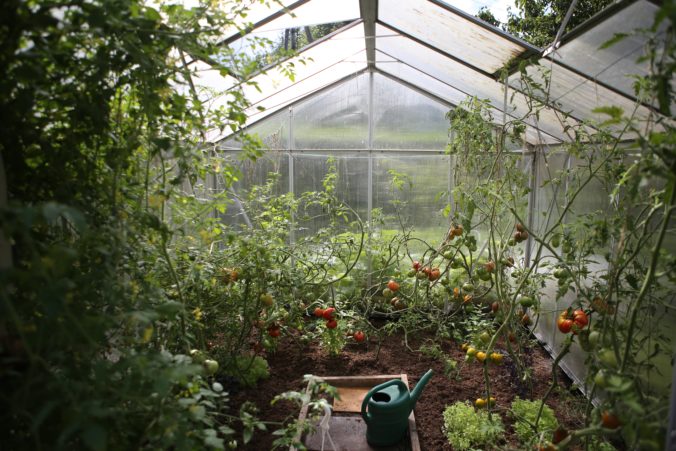



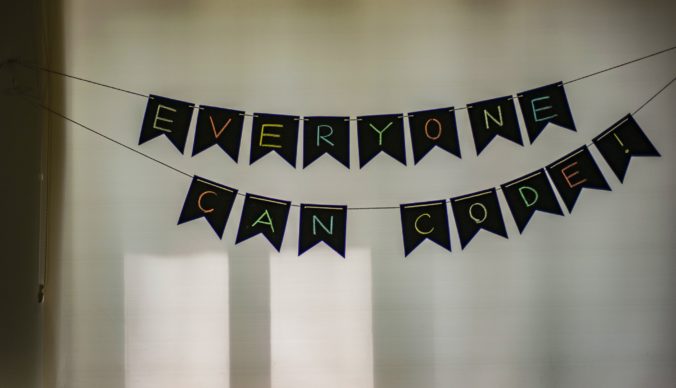
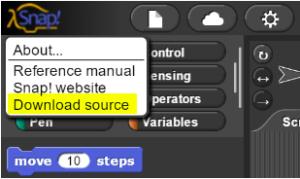


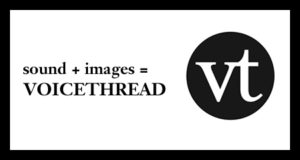



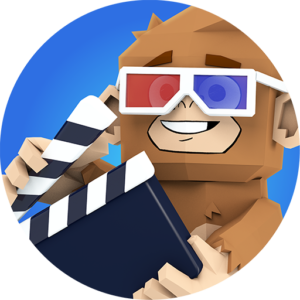
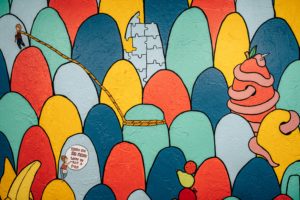
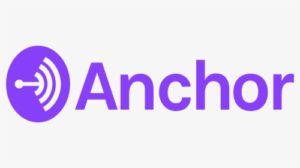

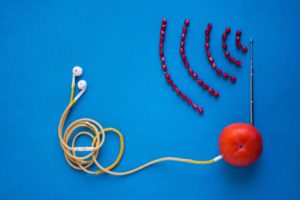
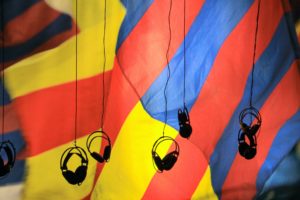
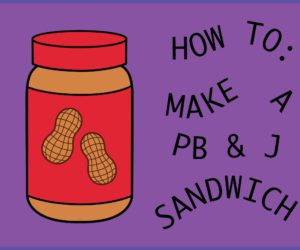
Recent Comments